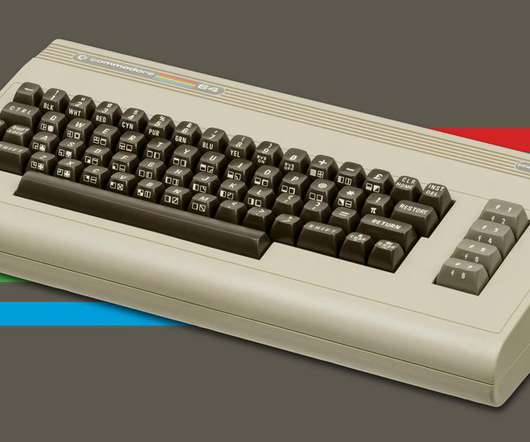Efficient recovery of lithium from spent LiFePO4 batteries via air oxidation–water leaching at room temperature
Green Car Congress
JANUARY 18, 2022
The use of LFP batteries in EVs is increasing rapidly, especially in China, due to low-cost, safety, excellent thermal stability and superior cycling performance. As the most cheap and green oxidant, air may be suitable as the oxidant to selectively extract lithium from the LFP cathode material in the water leaching process.























Let's personalize your content